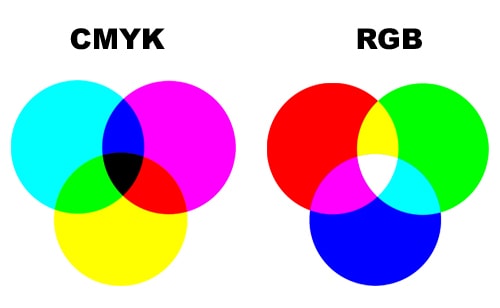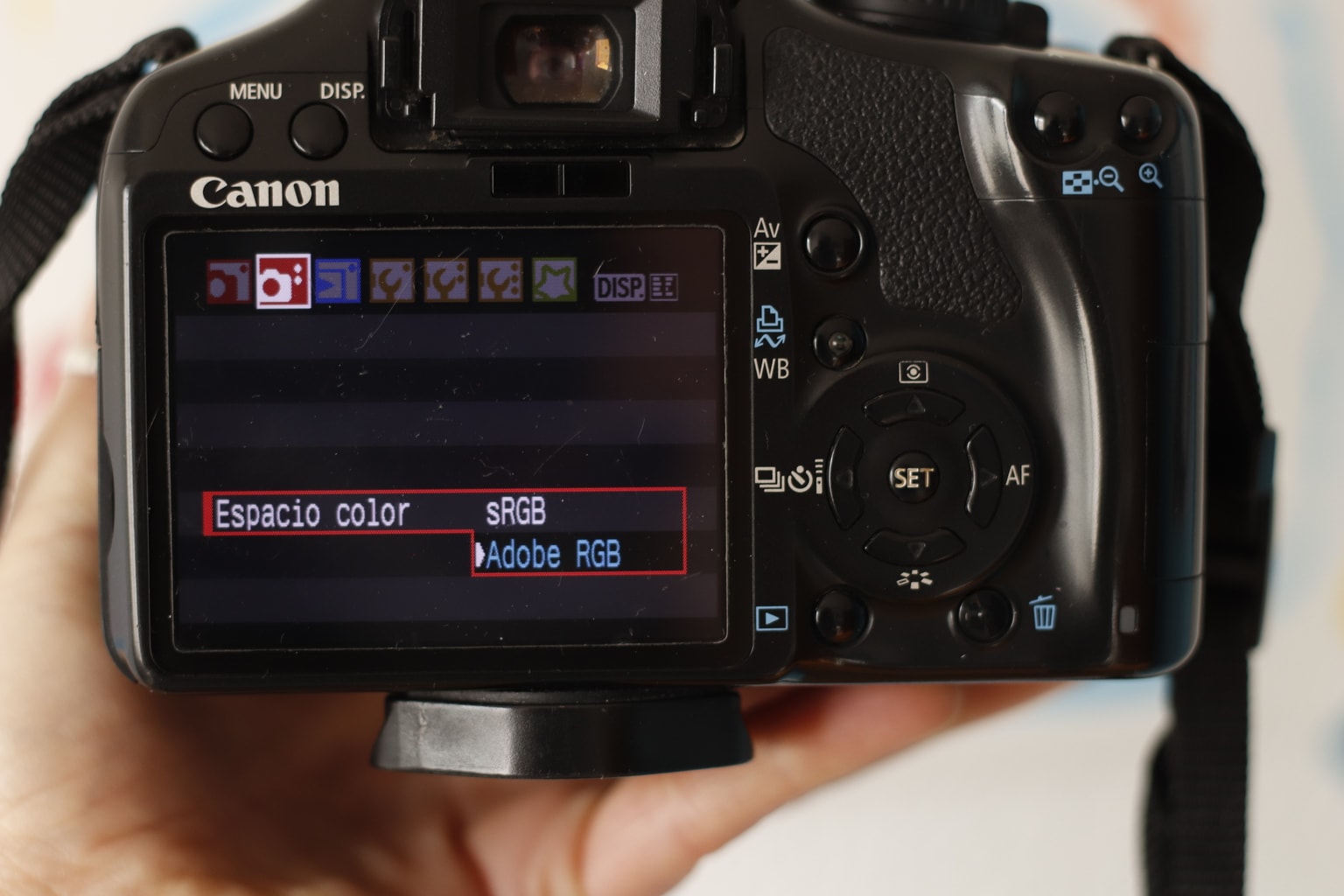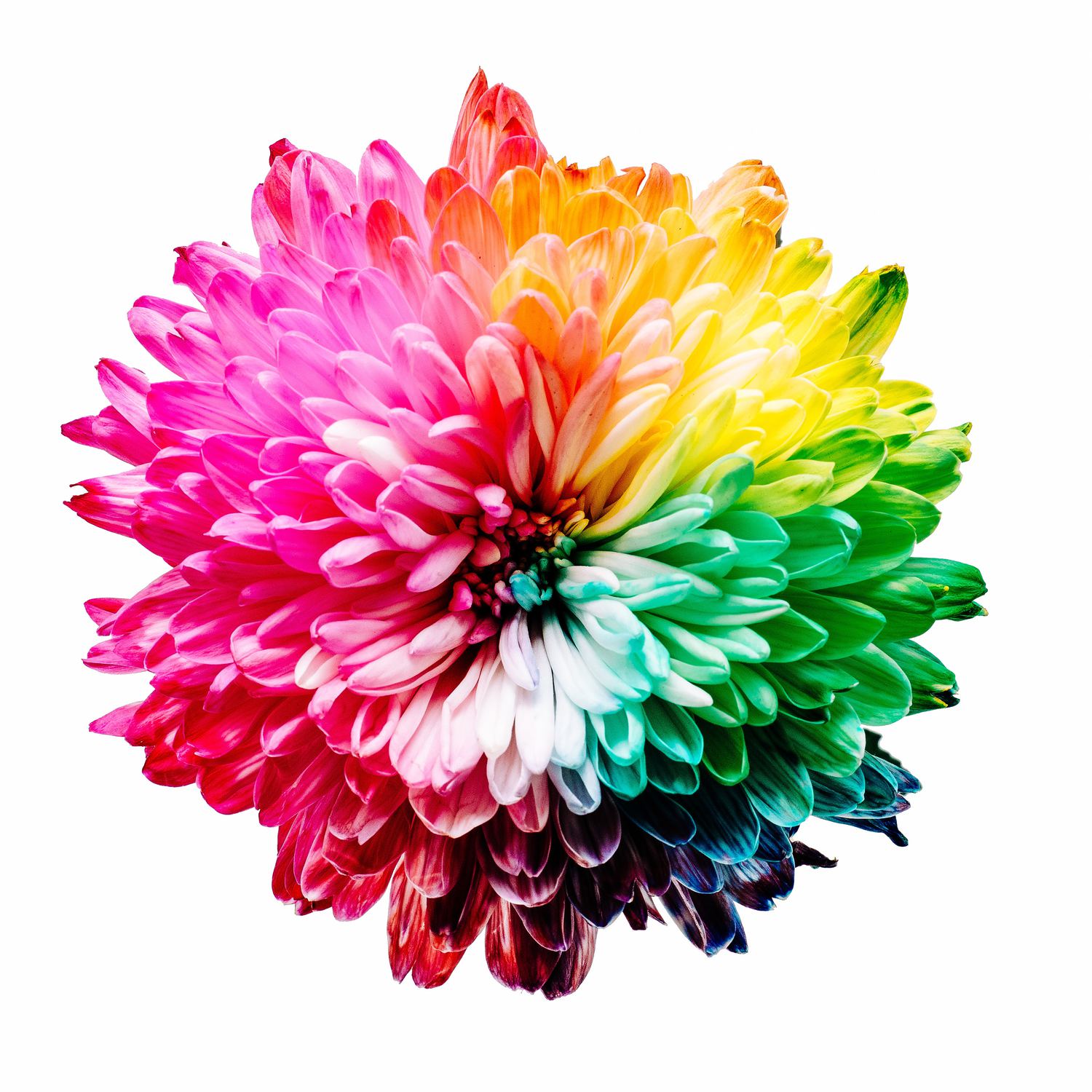One of the aspects of photography that we often shy away from or procrastinate to infinity is catching up on color space. When you hear acronyms such as sRGB, Adobe RGB or CMYK... it seems that an I-don't-know-what enters your body that makes you hum a na-na-na and go on to something else, a butterfly. Yes, you keep taking photos as usual and nothing happens, right? Surely you have thought that it should not be so important compared to the effort that must be made to learn about the subject. Well, now is the time to update you. For two reasons:
- Because it is useful. Have you ever wondered why your photos change color when you print them? Or why on your computer they look different from your friend's? Here's why.
- Because I'm going to explain it to you as easily as I would have liked it to be told to me. You will see how the effort is minimal, you only have to read this short article.
My purpose is that when you finish reading this it will be very clear to you, otherwise you will always have the comments to solve any small doubt. Do not cut yourself!
But before going any further, and since we are going to talk about monitors, if you are looking for a monitor for photography, in this mega-guide Mario gives you a master class to choose the best one for you. Seriously, he couldn't have explained it better and in more detail. You will not have a doubt.
And now to the topic...
WHAT IS COLOR SPACE?
I could talk about the electromagnetic spectrum or the visible light spectrum, and blablabla, but then I would just keep putting off your catching up on this topic. You sure wouldn't keep reading, right? I would also do the same. I'm more of going easy, #what will I do. We better simplify it, even if someone later pulls my ear, but this is not a physics class, what I want is for you to understand ? .
Color space is the range of colors that your computer can represent, it is a standard list of coded colors. When your camera captures an image, on the card, what it is recording is data that your computer program later has to "translate" or decode, and it does so within the range of colors available to it, which is much wider. limited than the range of colors that exist in reality.

To see it more clearly, our eyes show us colors as a mixture of red, orange, yellow, green, blue, indigo, and violet, and we see a combination of these seven. While the screens (camera, tv, monitors, etc.), represent it as a mixture of only green, red and blue. On the other hand, printers render it as a combination of cyan, magenta, yellow, and black. Now do you understand why sometimes an image of reality changes so much on the screen of your camera and from there on paper? Here's the trick… So what do we do to bring some “order” here? Well here comes the second part...
WHAT COLOR SPACE TO USE?
Although in the end each master has his booklet and each one finds his best way of working, at the beginning it is worth knowing some basic notions and ways of generic use. Once you know this and understand how it works, you can decide how to proceed with your images (which are yours for that ? ).
SRGB. FOR DIGITAL.
This is the most common color space on monitors. It is the one that most cameras use by default to display their images. It is also the one that is most recommended to use when the photos are not going to be printed. In other words, if your idea is to show that photo on any type of screen, use this color space without hesitation.
This is the most recommended option for:
- export JPEG files for use on the web
- to send to a client (if you don't know what color space it uses)
- to send the images by email.
Let's say that it is the one of most general use and the one that is used on the Web.
ADOBE RGB. PROFESSIONAL PRINTS.
Its color gamut is wider than sRGB and is the standard used in the photographic industry. Let's say that it is the one used at a professional level. Most mid-range cameras can capture this color gamut, high-end monitors can render all the colors in this space, and high-end printers can reproduce it as well. Yes, you have read correctly, high-end, that is, professional level. For the earth user level we return to sRGB ;), remember that it is the one used by most devices.

CMYK. NEWSPAPERS AND MAGAZINES.
This is the color space that is commonly used in the newspaper and magazine printing process, and on almost all printers sold today. It is the one that produces the smallest number of colors of all color spaces.
PROPHOTO RGB. FOR THE MOST PERFECTIONISTS.
This color space is probably less familiar to you. It is the one that covers the widest range of colors and let's say that it is for the most color perfectionists. Only high-end cameras are capable of registering more colors than are registered with Adobe RGB. Only suitable for high quality printers. Likewise, if you want to work in this color space, you have to make sure you work with programs that support it, otherwise the colors will have a lousy image.
SUMMARIZING
To summarize a bit and keep you with the key concepts, I leave you the most important points here:
- The most standard format for displaying digital images is sRGB . If you are not going to print the photos, or are going to print them on any photo printer , work from start to finish in this color space.
- If your photos are going to appear in a magazine or newspaper, save them as CYMK. It will allow you to have a file that is more faithful to what the public will see.
- I recommend, when editing your photos in Photoshop or Lightroom, to use Adobe RGB. And always save the original in this color space (if you think you'll ever be able to print it) and convert another copy to sRGB to upload to the Web or send by mail.
- When you care about color in a photo, shoot RAW instead .
- Forget about ProPhoto RGB for now , unless you are a professional for whom color is very important.
- And while we're at it, maybe you should take a look at this article to tune up your monitor ?
- Remember that the important thing is to know what the purpose of the photograph will be in order to be clear about which space to work with. It's not always better to do it with Adobe RGB as you may have read ;).
I hope that I have clarified this issue for you and that you see it with different eyes. You know that if you have any questions you can leave it in the comments. We do the blog together and the comments and questions always enrich the articles.


